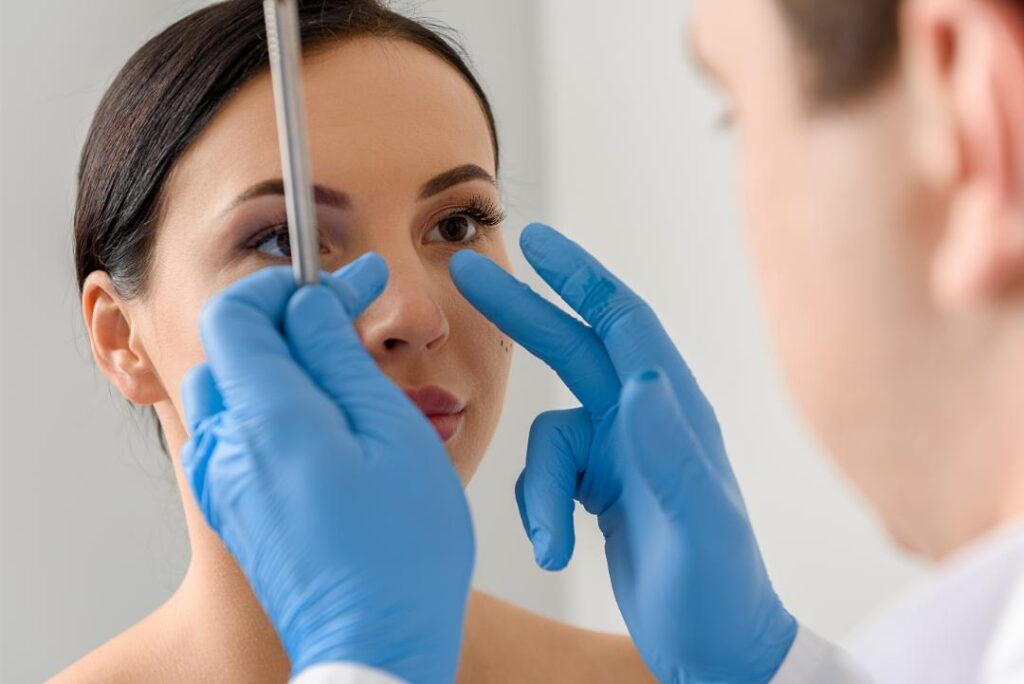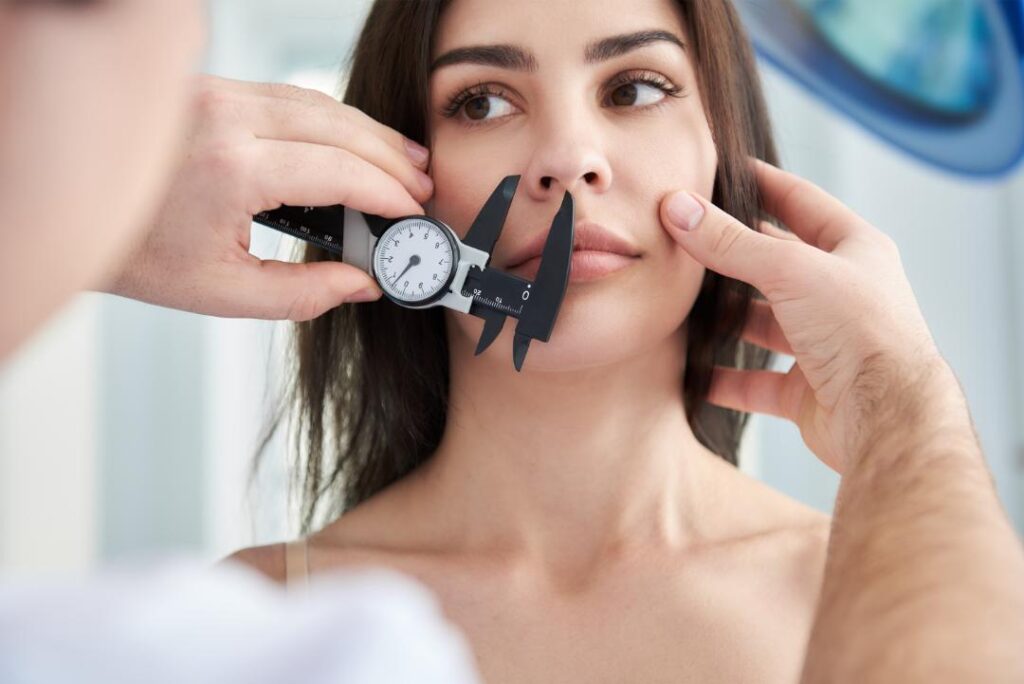Nose Surgery (Rhinoplasty)
Nose surgery, also known as rhinoplasty, can bring significant aesthetic and functional changes to the nose. However, there are many truths and misconceptions surrounding this procedure.
Here are some facts that can help better understand the rhinoplasty process:
Truths about nose surgery
Individual approach
Each patient is unique, so the approach to nose surgery should be individualized. The surgeon takes into account the patient’s anatomical characteristics as well as aesthetic desires.
Surgical techniques
There are different techniques for rhinoplasty, including open and closed. Open rhinoplasty involves an incision on the external side of the nose, while closed is performed inside the nose. The choice of technique depends on the specific needs of the patient.
Duration of surgery
Nose surgery typically lasts from 1 to 3 hours, but the time may vary depending on the complexity of the procedure.
Anesthesia
Rhinoplasty is mostly performed under general anesthesia, although in some cases, local anesthesia with sedation may be used.
Recovery
Recovery can take several weeks. The first few days may be the most intense, with swelling and bruising. Patients usually return to normal activities after about 1-2 weeks, but full recovery may take several months.
Misconceptions about nose surgery
Instant results
Although noticeable changes can be seen immediately, the final results are achieved gradually over time as swelling subsides and tissues heal.
Idealized noses from pictures
It is not realistic to expect the result of nose surgery to completely replicate a nose from a photograph. Every nose is unique, and achieving harmony with other facial features is essential.
Complete painlessness
Although anesthesia is used, some discomfort, pain, and swelling after surgery are a normal part of the recovery process.
What influences the results of nose surgery?
Nose surgery can significantly improve the appearance and function of the nose, but it is important to understand that achieving perfection in aesthetics is not always possible. Individual factors, as well as anatomical limitations, play a crucial role in the final results of rhinoplasty.



